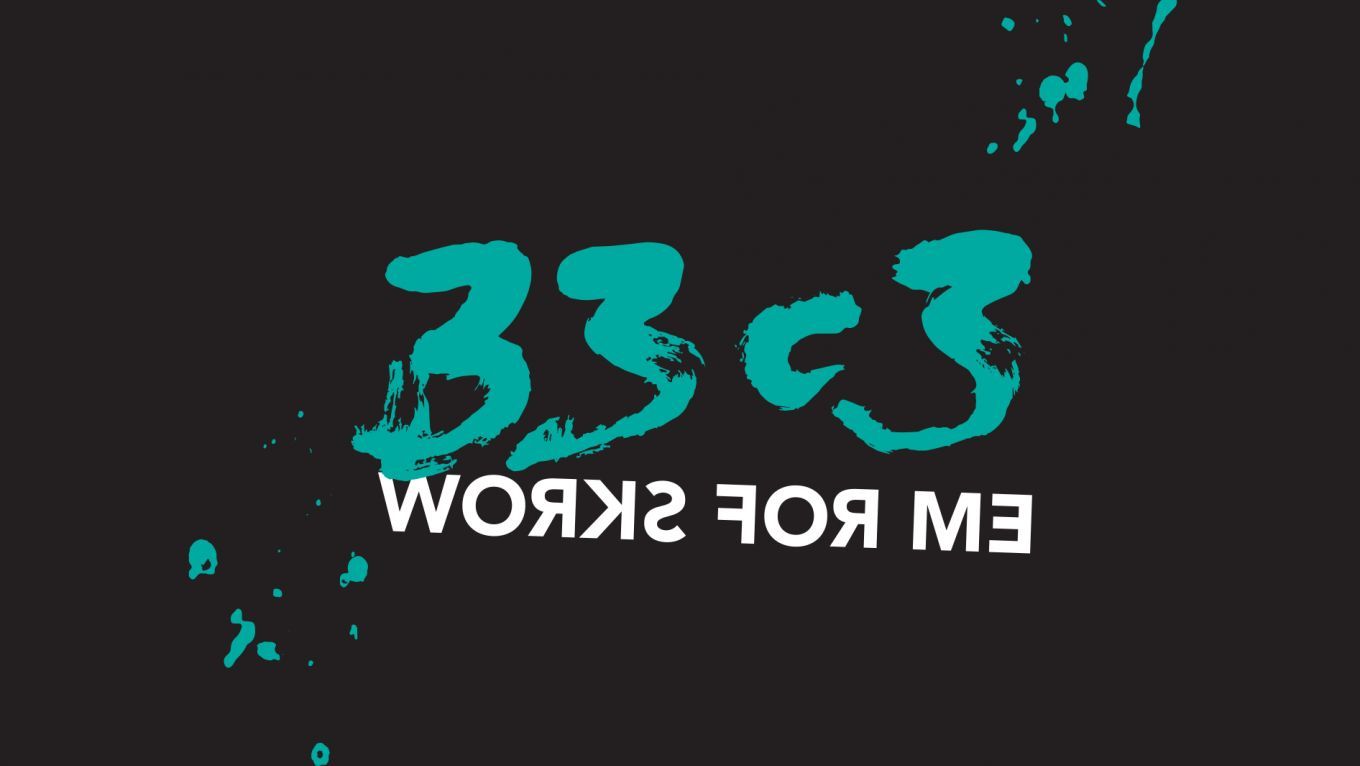Security
Downgrading iOS: From past to present
This talk is about the iOS secure boot chain and how it changed throughout different iOS versions, while focusing on downgrading despite countermesures.
It will explain basics like what SHSH blobs and APTickets are and how IMG3 and IMG4 file format works.
Also a new technique called "prometheus" will be introduced which allows for the first time downgrading 64bit devices.
This talk shows how Apple's secure boot chain works and what changes where made with new software and hardware updates.
It explains how the boot/restore process works, what SHSH blobs and APTickets are and how they are structured.
Each time a new feature is introduced to improve the secure boot chain, a technique is shown how it can be bypassed in order to downgrade.
This talk recaps how it was possible to downgrade with TinyUmbrella and limera1n back in the old days and presents a new approach by showing how a technique called odysseus is able to downgrade newer 32bit devices.
It is pointed out why Basebands are such a pain when trying to downgrade, as well as why odysseusOTA is able to downgrade Basebands anyways.
Components new to 64bit devices like IMG4 file format and SEPOS are introduced and embedded into the context of downgrading.
At the end a new technique called "prometheus" is presented, which is the first one to be able to downgrade 64bit device and also the first method since the introduction of APTickets which *can* work without a Jailbreak or Bootrom/iBoot exploits.
Additional information
| Type | lecture |
|---|---|
| Language | English |
More sessions
| 12/27/16 |
Certificate transparency - what is it, and what can be done with it?
|
| 12/27/16 |
Hardware is often considered as an abstract layer that behaves correctly, just executing instructions and outputting a result. However, the internal state of the hardware leaks information about the programs that are executing. In this talk, we focus on how to extract information from the execution of simple x86 instructions that do not require any privileges. Beyond classical cache-based side-channel attacks, we demonstrate how to perform cache attacks without a single memory access, as well as ...
|
| 12/27/16 |
PHP-7 is a new version of the most prevalent server-side language in use today. Like previous version, this version is also vulnerable to memory corruptions. However, the language has gone through extensive changes and none of previous exploitation techniques are relevant. In this talk, we explore the new memory internals of the language from exploiters and vulnerability researchers point of view. We will explain newly found vulnerabilities in the 'unserialize' mechanism of the language and ...
|
| 12/27/16 |
Follow the steps taken to crack a conditional access and scrambling system used in millions of TV set-top-boxes across North America. From circuit board to chemical decapsulation, optical ROM extraction, glitching, and reverse engineering custom hardware cryptographic features. This talk describes the techniques used to breach the security of satellite and cable TV systems that have remained secure after 15+ years in use.
|
| 12/27/16 |
Heads is an open source custom firmware and OS configuration for laptops and servers that aims to provide slightly better physical security and protection for data on the system. Unlike Tails, which aims to be a stateless OS that leaves no trace on the computer of its presence, Heads is intended for the case where you need to store data and state on the computer. It targets specific models of commodity hardware and takes advantage of lessons learned from several years of vulnerability research. ...
|
| 12/27/16 |
We analyze the generation and management of WPA2 group keys. These keys protect broadcast and multicast Wi-Fi traffic. We discovered several issues and illustrate their importance by decrypting all group (and unicast) traffic of a typical Wi-Fi network.
|
| 12/27/16 |
We present DROWN, a novel cross-protocol attack on TLS that uses a server supporting SSLv2 as an oracle to decrypt modern TLS connections. Using Internet-wide scans, we find that 33% of all HTTPS servers are vulnerable to this protocol-level attack.
|

